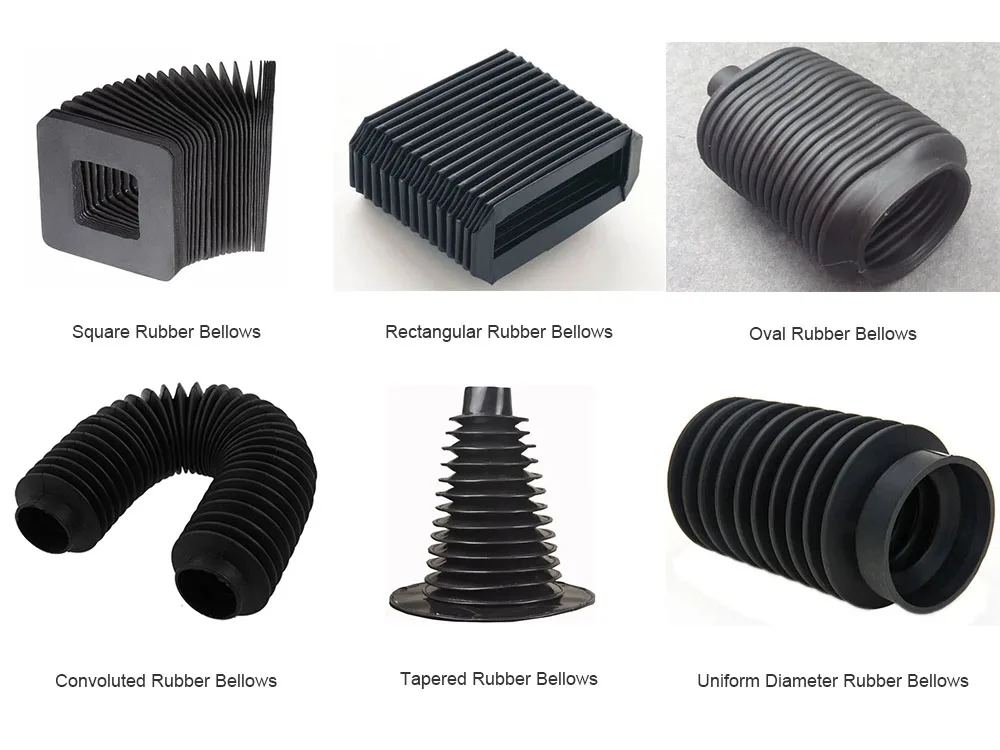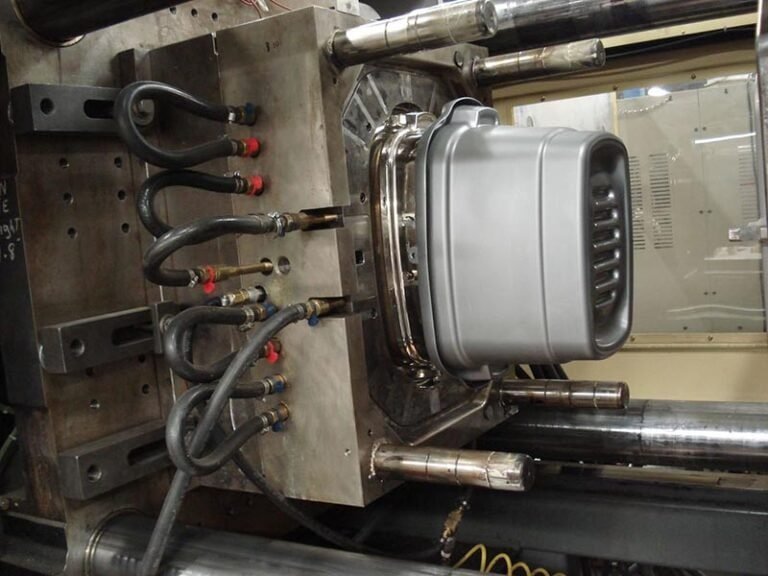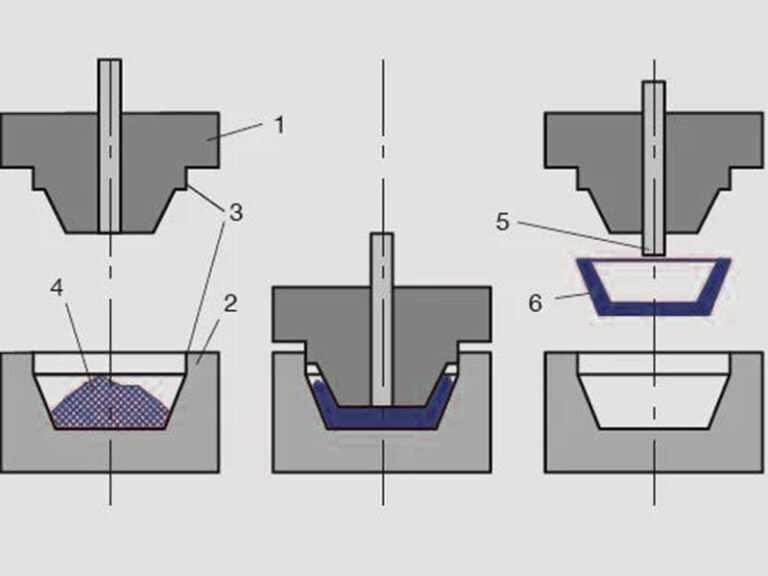Rubber bellows are flexible, accordion-like devices used to protect moving mechanical parts from environmental contaminants such as dust, debris, and humidity. They serve as indispensable components in many industries, especially in industrial and automotive applications.
The customized rubber bellow can meet the specific requirements of diverse applications. Such as material composition, size, shape, and mounting options, ensuring optimal performance and longevity. In this article, we will delve deeper into the significance of rubber bellows in various industries and explore the materials and types of rubber bellows.
Different Types of Rubber Bellows
The rubber bellows can be divided into different types based on different standards.
Types of Rubber Bellows by Shape and Design:

Square Rubber Bellows: These bellows have a square cross-sectional shape and are often used in applications where a uniform seal is required, such as in machinery or equipment with square openings or joints.
Rectangular Rubber Bellows: Similar to square bellows but with a rectangular cross-section, these bellows offer flexibility and sealing in applications with rectangular openings or joints.
Oval Rubber Bellows: Oval bellows are designed with an oval cross-section, providing a tailored solution for applications requiring a specific shape or contour, such as in automotive components or specialized machinery.
Convoluted Rubber Bellows: Convoluted bellows feature a series of folds or convolutions along their length, allowing for greater flexibility and expansion while maintaining a seal. They are commonly used in applications requiring high levels of movement, such as in hydraulic systems.
Tapered Rubber Bellows: These bellows have a tapered shape, with varying diameters along their length. Tapered bellows are often used in applications where a transition in size or diameter is required, such as in piping systems or exhaust ducts.
Uniform Diameter Rubber Bellows: Bellows with a consistent diameter throughout their length. They are suitable for applications where a constant seal size is required, such as in fluid transfer systems or vibration isolation mounts.
Types of Rubber Bellows by Application:
Industrial Rubber Bellows: These bellows are used in various industrial applications such as machinery, equipment, and piping systems to provide sealing, flexibility, and protection against contaminants.
Piston Rod Bellows (for hydraulic/pneumatic cylinders): These bellows protect the piston rod of hydraulic or pneumatic cylinders from contaminants, extending their lifespan and maintaining performance.
Cuff Bellows (for flexible joints): Cuff bellows are used in flexible joints to accommodate movement while maintaining a seal, such as in exhaust systems, expansion joints, and flexible couplings.
Large ID Bellows (for pipes, tubing, hoses): These bellows are designed for use in large-diameter pipes, tubing, or hoses to accommodate movement, vibration, or thermal expansion while preventing leakage.
Game Call Bellows (for hunting applications): Game call bellows are specialized bellows used in hunting calls to mimic animal sounds, providing hunters with a versatile and portable tool for attracting games.
Types of Rubber Bellows by Functionality:
Spring Loaded Rubber Bellows (with internal spring mechanism): These bellows feature an internal spring mechanism that assists in expansion and retraction, providing additional force or tension as needed.
Unbalanced Rubber Bellows: Unbalanced bellows exert different forces or pressures on opposing sides, creating a net force or movement in a particular direction. They are used in applications such as actuators or control valves.
Single-Acting Rubber Bellows (independent of rotation direction): Single-acting bellows operate in one direction only, providing sealing or pressure control in hydraulic or pneumatic systems without requiring rotation.
Universal/Expansion Joint Rubber Bellows (for multi-plane motion): Universal or expansion joint bellows accommodate multi-plane motion or angular deflection in piping systems, absorbing vibration, thermal expansion, and misalignment while maintaining a seal.
The key benefits of these rubber bellows include flexibility, durability, resistance to extreme temperatures, chemicals, and environmental contaminants, as well as the ability to absorb vibration and noise. The wide range of materials, sizes, and configurations allows them to be customized for diverse industrial and automotive applications.
Common Materials Used in Custom Rubber Bellows
Rubber bellows can be manufactured from various materials, each offering different properties and characteristics suited to specific applications. Some of the common materials used in rubber bellows include:
- Natural Rubber (NR)
- Styrene-Butadiene Rubber (SBR)
- Ethylene Propylene Diene Monomer (EPDM)
- Silicone Rubber
- Fluoroelastomers (FKM/Viton)
- Chloroprene Rubber (CR/Neoprene)
- Butyl Rubber
Applications of Customized Rubber Bellows
Automotive Industry:
Customized rubber bellows are employed to provide dust and moisture protection to essential components within vehicles. In steering systems, rubber bellows shield sensitive parts from dirt and debris, ensuring smooth operation and longevity. In suspension systems, they safeguard components against contaminants, preserving ride quality and performance. In constant velocity (CV) joints, customized rubber bellows prevent moisture ingress, reducing the risk of corrosion and premature wear.
Aerospace Industry:
In the aerospace industry, customized rubber bellows are utilized extensively for sealing and protecting critical components from harsh environmental conditions. These bellows are integrated into hydraulic and pneumatic systems, to safeguard moving parts against contaminants and ensure optimal performance. Additionally, in aerospace applications, rubber bellows are custom-designed to withstand extreme temperatures, pressure differentials, and vibration, enhancing aircraft systems’ durability and reliability.
Manufacturing and Machinery:
Customized rubber bellows are indispensable in manufacturing and machinery applications, where they serve to safeguard moving parts and mechanisms from contaminants while accommodating movement. Whether in hydraulic presses, robotic arms, or conveyor systems, rubber bellows prevent the ingress of dust, dirt, and abrasive particles, minimizing wear and prolonging equipment lifespan. Furthermore, their flexibility allows for smooth operation and reduces the risk of damage to machinery components, ensuring uninterrupted production processes.
HVAC Systems:
Within HVAC (Heating, Ventilation, and Air Conditioning) systems, customized rubber bellows are employed to provide flexibility and prevent leakage in ductwork and piping. These bellows are custom-designed to accommodate thermal expansion and contraction, as well as vibration, ensuring a tight seal and efficient airflow. By preventing air leaks and maintaining system integrity, rubber bellows contribute to energy efficiency and operational reliability in HVAC applications, thereby reducing energy costs and enhancing indoor comfort levels.
Advantages and Disadvantages of Bellows Rubber
Rubber bellows are commonly used in industries such as machinery, automotive, and piping systems for vibration damping, sealing, and protection. Their flexibility and corrosion resistance make them ideal for dynamic environments. However, their performance can be compromised under high temperatures, extreme weather, or heavy friction. Understanding their strengths and limitations is essential for making informed selection decisions in various applications.
| Advantages | Disadvantages |
|---|---|
| High Flexibility | Poor Temperature Resistance |
| Good Corrosion Resistance | Poor Weather Resistance |
| Strong Sealing Ability | Poor Wear Resistance |
| Vibration Dampening | Limited Load Capacity |
| Low Cost | Prone to Damage |
| Noise Reduction | Size Instability |
Conclusion
In conclusion, rubber bellows are multifunctional components that play a critical role in various industries, including automotive, aerospace, manufacturing, and HVAC. Their flexible accordion-like design provides effective protection against environmental contaminants while accommodating movement and ensuring system integrity. Customization further enhances their performance, allowing for precise tailoring to meet the specific requirements of each application. By selecting the right material, design, and configuration, engineers can optimize the functionality and reliability of rubber bellows, contributing to improved efficiency, durability, and safety across a wide range of industrial applications. Whether shielding critical components from dust and moisture or accommodating thermal expansion and contraction, customized rubber bellows offer solutions to the unique challenges faced in different operating environments.




